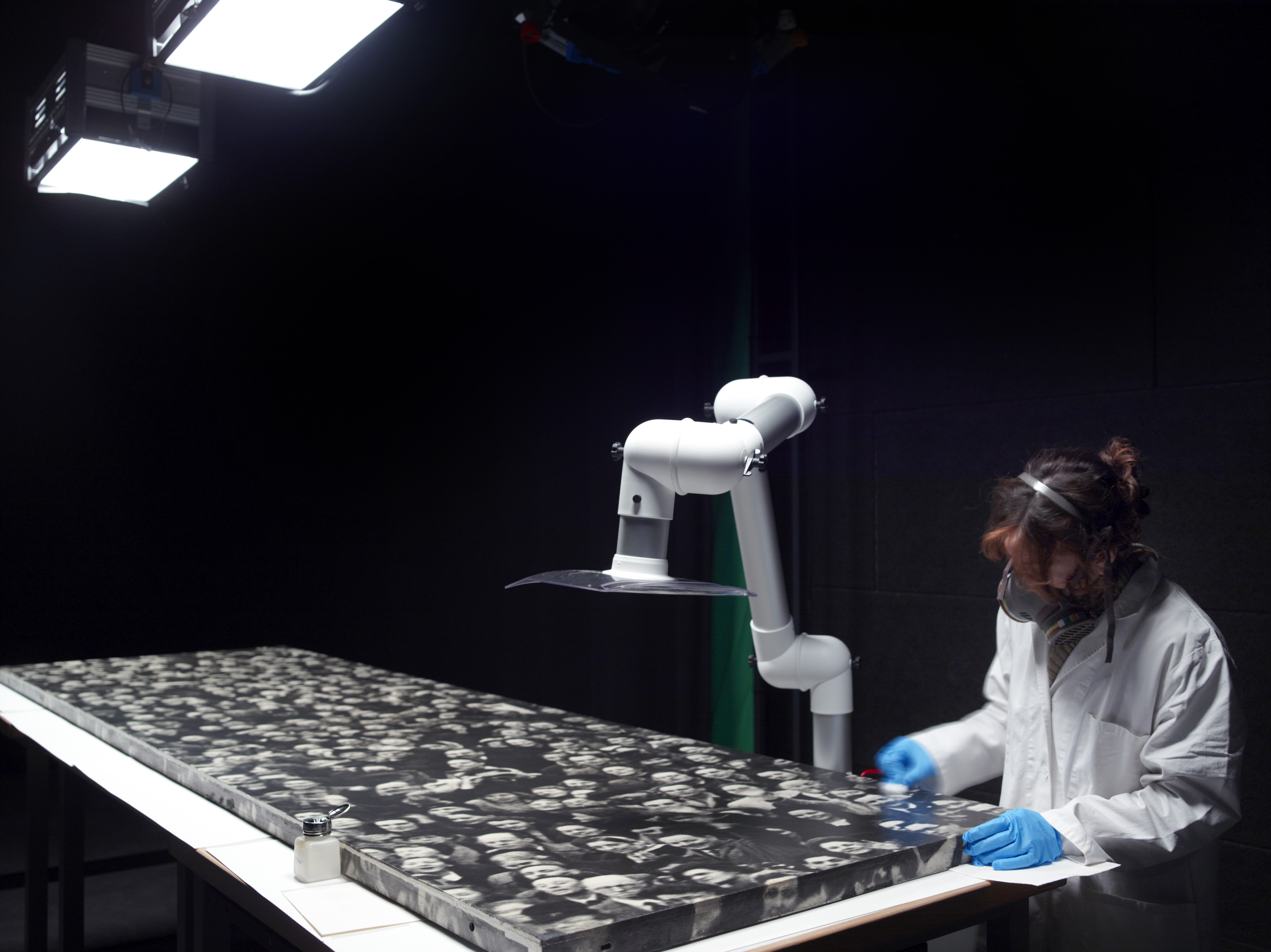Historical summary
1951-1955

Steichen and his team collect pictures for his monumental project by visiting photographers, via ads, going through the archives of Life Magazine and agencies like Magnum.
1955

First exhibition of "The Family of Man" at the Museum of Modern Art (MoMA), New York
1955-1962

travelling exhibition, seen by 10 million people throughout the world
1964-1966

the US Government donates the last complete version of the travelling exhibition to Luxembourg. Edward Steichen visits his native country and expresses his wish for "The Family of Man" to be exhibited permanently at Clervaux Castle.
1974-1989

Partial exhibition of the photographs at Clervaux Castle
the 1990ies

Restoration of the historical photographs in collaboration with the Studio Berselli, Milan
1994 (-2010)

Establishment of the collection as a permanent exhibition at Clervaux Castle
2003

Inscription on the UNESCO Memory of the World register
September 2010

Closure of the exhibition for renovation purposes
July 2013

Reopening following renovation of exhibition rooms and restoration of
photographs
The historical collection in a contemporary context
The collection The Family of Man has enjoyed an eventful history, drawing 10 million visitors and prompting enthusiastic and critical reactions alike.
It constitutes an exceptional legacy that never ceases to generate stories and research. The exhibition was created by Edward Steichen as a collection of snapshots and emotions that aimed to convey a message of peace in the midst of the Cold War. While the collection still bears the traces of its context of creation, visitor reactions continue to reflect the impact of these images, which remain relevant to this day. Some have even become icons in the history of photography.
According to Edward Steichen himself, The Family of Man was the most significant work of his career. In a manner that was both unusual and visionary at the time, the collection condensed his approach to photography as well as his understanding of settings: the photographs were chosen according to their capacity of communication, while the layout allowed visitors to immerse themselves in a photographic essay. The collection embodies an astonishing summary of Steichen’s career as an exhibition curator at MoMA.
To exhibit this heritage today calls for a deference to history and an almost archaeological approach: the course of the exhibition and the chronology of the images have been respected and follow the layout of the original exhibition at MoMA in order to recreate the visitor experience and the effect the images has on them. This approach nevertheless demanded a shift away from history, resulting in the exhibition rooms featuring a very sober architecture conceived by designer Nathalie Jacoby (NJOY). Also a new mediation approach to the exhibition is part of the new concept and comprises e.g. a new museum library and multimedia guide on iPad mini. It accompanies visitors on their tour, giving them access to documents on the history of the original exhibition and its layout, as well as on the photographers themselves and Edward Steichen.
Restoration & conservation
The collection The Family of Man is composed of original prints dating from 1955, all in black and white and glued onto wood frames. The formats vary, ranging from 24 x 36 cm to 300 x 400 cm. These photographs have endured a long and turbulent history: from being exhibited throughout the world to being transported without packaging, handled by humans… This kind of history left its marks, which could be treated in a first large-scale restoration campaign within the 1990ies.
A second restoration period followed the closure of the museum in the years 2010-2013. Recent developments in the science and tools used in photography restoration enabled a state-of-the-art analysis and treatment of the photographs to be carried out. A lot of the damage noted was able to be dealt with thanks to restoration treatments such as cleaning, consolidation and retouching.
The restoration campaign has been led in collaboration with the Studio Berselli from Milan, Italy (Silvia Berselli, Roberta Piantavigna, Francesca Vantellini, Isabel Dimas).

© CNA/Romain Girtgen


